Indonesia’s 3,000-mile string of islands arcs across the globe like a sword slung from the earth’s equator. Near the bottom of the curve, at the confluence of the Indian Ocean and the South China Sea, sits Bali. A Hindu island in a Muslim archipelago, Bali has been washed for centuries by waves of cultures from China, Southeast Asia and India.
In the 1500s the Portuguese and Dutch arrived, the latter ruling Bali and the rest of Indonesia until World War II. In the age of the jetliner came tourists and expats from Europe, North America and Australia. All these influences contributed to the Balinese cuisine experienced by today’s travelers.
Many visitors stay in large hotels like the Intercontinental on Jimbaran Bay. In an effort to make guests from everywhere in the world feel welcome, this hotel’s restaurants offer a staggering array of cuisine, from Italian to Japanese. The breakfast buffet, in particular, is a world on a steam table.
When we arrived last year I bypassed fragrant heaps of fried eggs, sausage, and warm pastries to try my first Japanese-style, cold-noodle-and-pickle breakfast.
But I was also introduced to Indonesian food specialties like bubur injin, a tapioca-like mixture of charcoal-black rice and palm sugar.
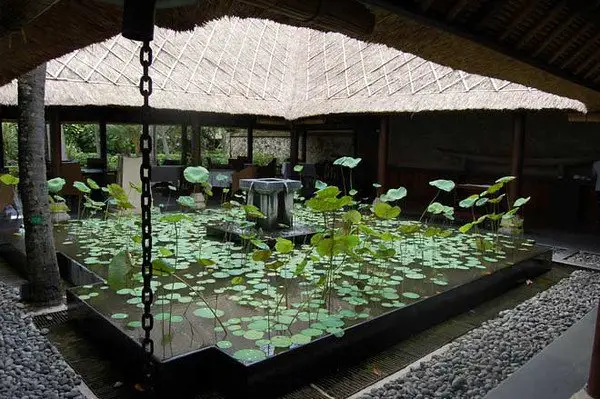
Much better were the platters of local snakefruit placed in our room every day. The scaly skin felt exactly like that of the garter snake, but the crunchy sweet pulp was distilled essence of the equatorial sun.
Check out: Trying Exotic Fruits on Bali!
At another hotel, The Oberoi, we dined on glistening fresh sushi and luscious French chocolates, with the tasty but incongruous accompaniment of local Bintang beer. We tried the Balinese Chardonnay on the menu and decided that it had a fine bouquet of Pine-Sol, followed by a delicate finish of creosote.
Alas, grapes are one of the few fruits that fail to thrive in Bali’s tropical climate. Wine on the island is either imported at great cost or made locally from Australian grapes, with plenty of opportunity remaining for improvement. Much better were the platters of local snakefruit placed in our room every day. The scaly skin felt exactly like that of the garter snake, but the crunchy sweet pulp was distilled essence of the equatorial sun.
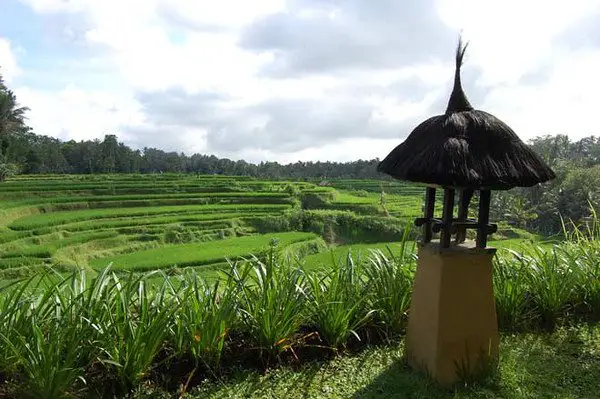
Traditional Balinese cuisine is based on rice grown in the luminous green terraces that dot the island. Lacking the Islamic prohibition against eating pork, the Balinese have raised the art of spit-roasted suckling pig or Babi Guleng to perfection.
Balinese people most often eat at very simple, informal roadside restaurants called warung. One of the most famous is Ubud’s Ibu Oka, where locals and visitors start lining up early for the 11 a.m. opening.
Inside, staff slathers the final coconut-milk bastings on four suckling pigs that have been stuffed with spices and roasting on spits since four in the morning.
You may also like: Awesome things to do in Jakarta!
Once the throng pushes inside and crowds up to the battered teak tables, the staff take shouted orders, returning with heaping plates of rice and slabs of butter-soft meat, each topped with a tile of roasted pork skin lacquered to a deep cinnabar color. The skin shatters like porcine peanut brittle over the steaming, spicy rice.
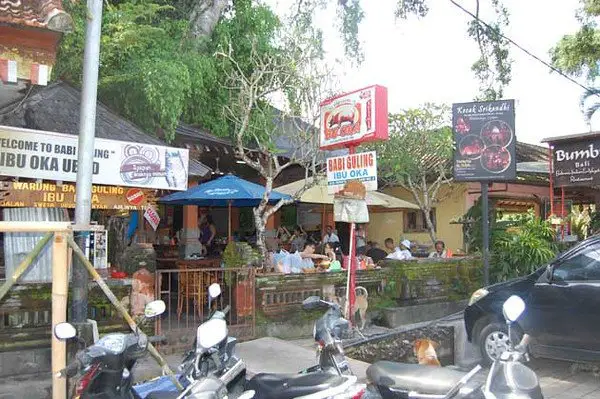
We found the best dining experiences in Bali were the simplest.
Our favorite local place turned out to be hidden in ‘plain scent.’ Just down the beach from the Intercontinental is a row of ramshackle fish warung. Every afternoon a savory aroma of coconut-husk smoke drifted through the frangipani trees surrounding the hotel’s swim-up bar. We eventually succumbed to temptation and left the resort’s manicured grounds to join a mostly local crowd.
Seated at a rickety candlelit table just beyond the quietly lapping waves of the Indian Ocean we dug our toes into the warm sand. The waiter brought platters of freshly caught grilled fish, heaps of rice and frosty mugs of beer. Local children laughed and darted between the tables, hawkers waved at tourists down the beach, and the Southern Hemisphere stars came out. We savored a truly Balinese experience.
Pin for Later
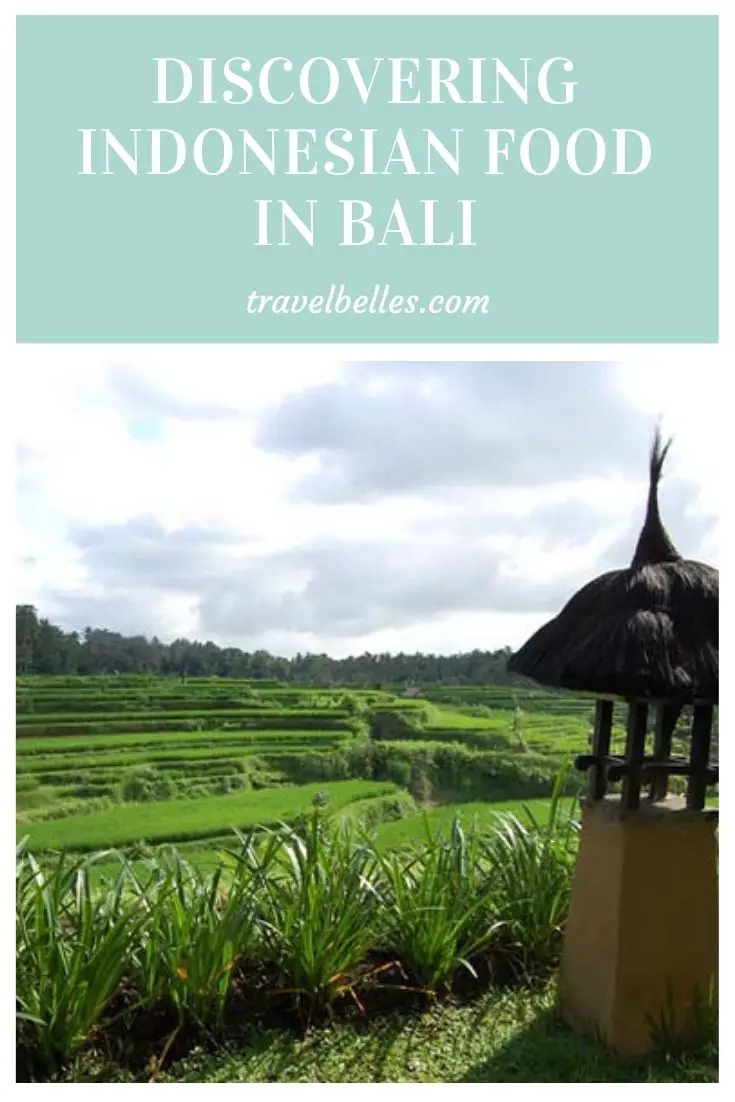
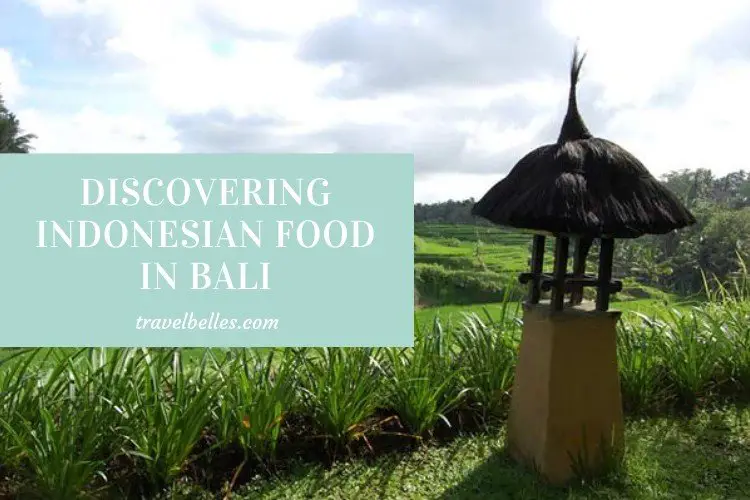
Well – I’m looking outside and it’s cold and rainy again. How I wish I were dining in Bali again, one of my favorite places in the world.
le sigh.. me too! (except rain moved on, for now anyway)
Kathryn and Judith – you both live in the Seattle area – have you met yet?
A few times. She’s my mother!
GET OUT! The intuition was telling me something about you two and connection. COOL! And yes, both of you are such beautiful writers.
Thank you! Yes, I am extremely fortunate; I got both the travel and writing bugs from her! Plus she and my dad lived in Rome for 11 years (she wrote a book called “Coins in the Fountain” about it). I have very big footsteps to follow in, though to my everlasting disappointment her feet are smaller than mine so I can’t borrow her Italian shoes!
Love your description of the chardonnay! Hilarious 🙂